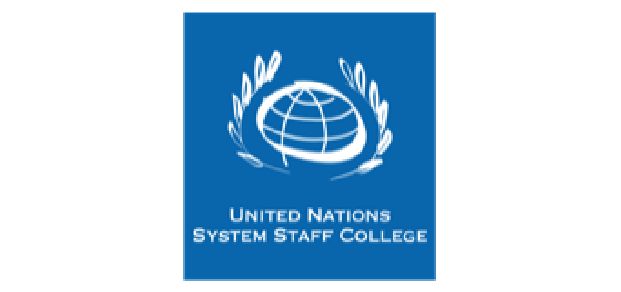Development of the
Global University Course

One billion hectares of land are up for
restoration by 2030. Achieving such an
ambitious target will require countries to
restore degraded land on an industrial
scale and to jump-start a land-restoration
economy. However, the current education
system does not produce experts,
supervisors or technicians to undertake
land restoration. A global course to address
this gap is being developed by University
partners worldwide to foster a new
generation of students with the required
knowledge and skills.
The course titled, “Trigger change! Innovative agriculture solutions for land restoration,” will be available starting in the Fall of 2024. It will be freely accessible to any higher education institution with courses in agriculture, land restoration and sustainable land management. The course covers topics such as:
- introduction to land restoration
- sustainable land management through agriculture
- tools and technologies for restoration
- socio-economic aspects of restoration
- agriculture innovation and
- entrepreneurship for restoration
The course is a response to the G20 Global Land Initiative mandate to build capacity. The target is to embed land restoration in the curriculum of 1,000 Universities worldwide to reach one million graduates by 2040. The vision is to “equip a new generation of innovative change agents with knowledge, skills, and attitudes in sustainable agriculture and land restoration for reducing land degradation and improving livelihoods globally.” It is being developed in partnership with and contributing to the capacity-building objectives of Decade on Ecosystem Restoration. The course is modular and based on the principle that professors can directly include parts of the course or the entire course into existing agriculture-related curricula worldwide. The main course contributors come from some of the most reputable organizations in the field of agriculture, innovation and excellence in teaching:
- CIFOR-ICRAF & Global Landscapes Forum
- Center for Development and Environment and WOCAT, University of Berne, Switzerland
- TH Köln, Cologne University of Applied Sciences, Germany
- Azim Premji University, India
Contributing partners include:
- Wageningen University and Research, Netherlands
- University of Cape Coast, Ghana
- Universidad de Cuenca, Ecuador
- Universitas Gadjah Mada, Indonesia
- German-Jordanian University, Jordan
- Agricultural University of Ibadan, Nigeria
- University of Lilongwe, Malaw
- Centre for Applied Systems Analysis, Malawi
- Univerza v Ljubljani, Slovenia
- University of Antananarivo and LLandev, Madagascar
- Food and Agriculture Organisation of the United Nations/United Nations Decade for Ecosystem Restoration
- United Nations Environment Programme
The course will be launched officially in March 2024. It will be promoted through regional training of trainers workshops and regional webinars as well as through global outreach of the partner institutions and targeted conference events at 1,000 agriculture universities worldwide.
Partners:




























